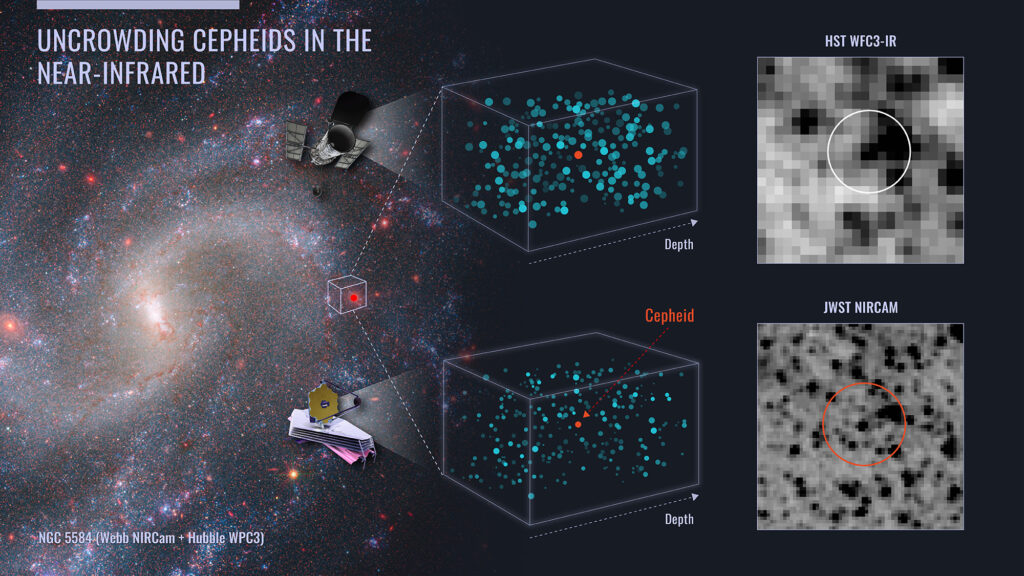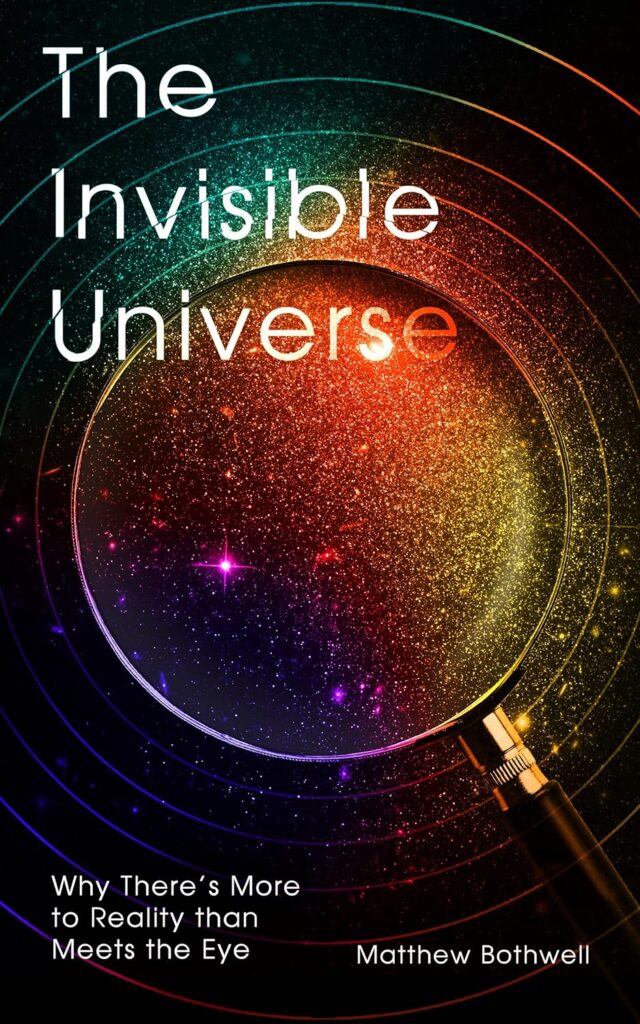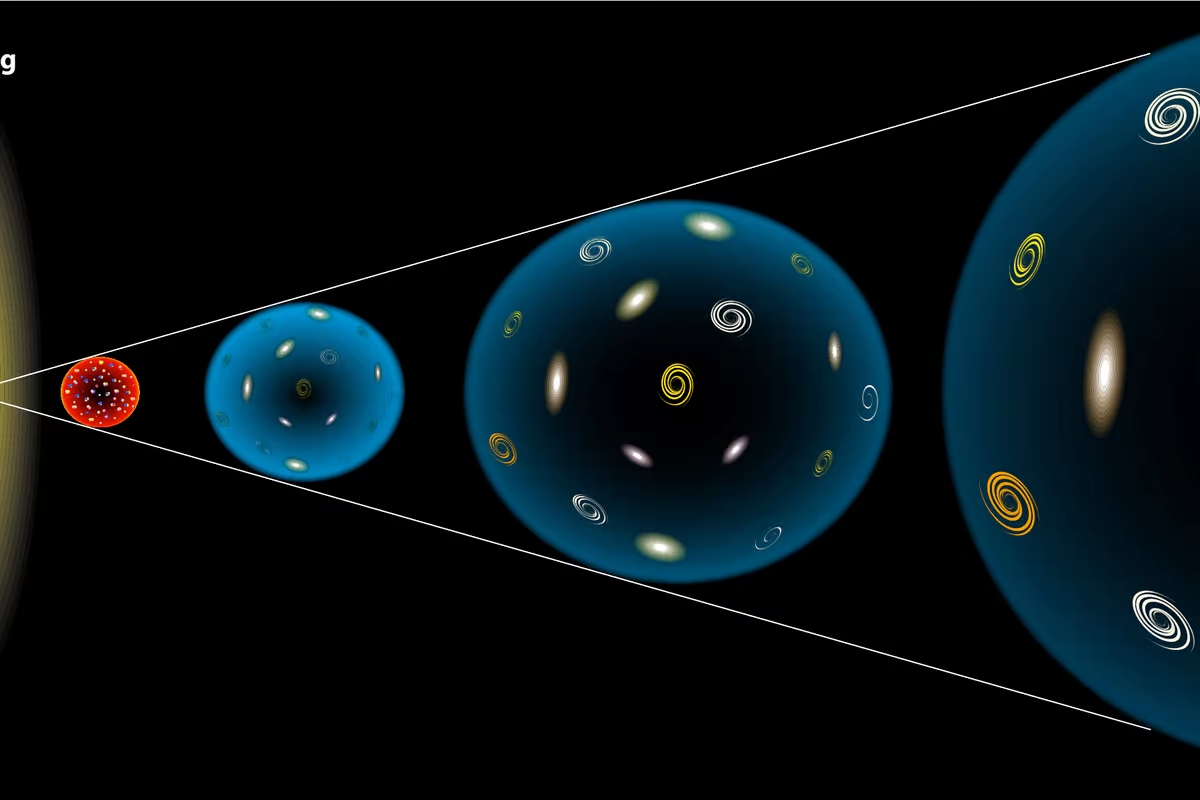Cosmologists are grappling with a stubborn cosmic puzzle: the universe appears to be expanding at different rates in different directions. This discrepancy, known as the Hubble Tension, could force us to rewrite our understanding of the cosmos.
Hubble Tension first surfaced in 2019 with Hubble Space Telescope data. New, even more precise measurements from the James Webb Space Telescope in 2023 solidified the issue. Now, a combined effort by both telescopes has ruled out measurement error as the culprit.
The study, published in February 2024, suggests a more fundamental issue. “We might be fundamentally wrong about the universe,” says lead author Adam Riess (Johns Hopkins University), a Nobel laureate for dark energy research.
Two key methods determine the Hubble constant, which reflects the universe’s expansion rate. The first analyzes the cosmic microwave background (CMB), an echo of the Big Bang. This method, using data from the Planck satellite, suggests a Hubble constant of around 67 kilometers per second per megaparsec (km/s/Mpc).
The second method relies on Cepheid variable stars, pulsating stars with a known relationship between brightness and pulsation rate. This allows astronomers to create a “cosmic distance ladder” to measure vast distances. Based on Cepheid data, Riess and his team calculate a Hubble constant of roughly 74 km/s/Mpc – significantly higher than the CMB value.
This discrepancy has cosmologists in crisis mode. Initially, some suspected measurement errors in Cepheid data. However, the Webb telescope confirmed the accuracy of Hubble’s Cepheid measurements for nearby galaxies.

To solidify their findings, Riess and his team observed an additional 1,000 Cepheid variables in even more distant galaxies. Comparing this data with Hubble observations cemented the consistency of their previous measurements.
“We can now confidently rule out measurement error,” says Riess. “With Webb and Hubble combined, we’ve confirmed the issue persists across vast cosmic distances.”
In simpler terms, the Hubble Tension remains unresolved. This persistent difference in expansion rates throws a wrench into our current cosmological model. The nature of this discrepancy may force scientists to revisit fundamental theories about the universe.
Discover:

The Invisible Universe:
Why There’s More to Reality than Meets the Eye
$9.99 (25% off)
From the discovery of entirely new kinds of galaxies to a window into cosmic ‘prehistory’, Bothwell shows us the Universe as we’ve never seen it before – literally.

